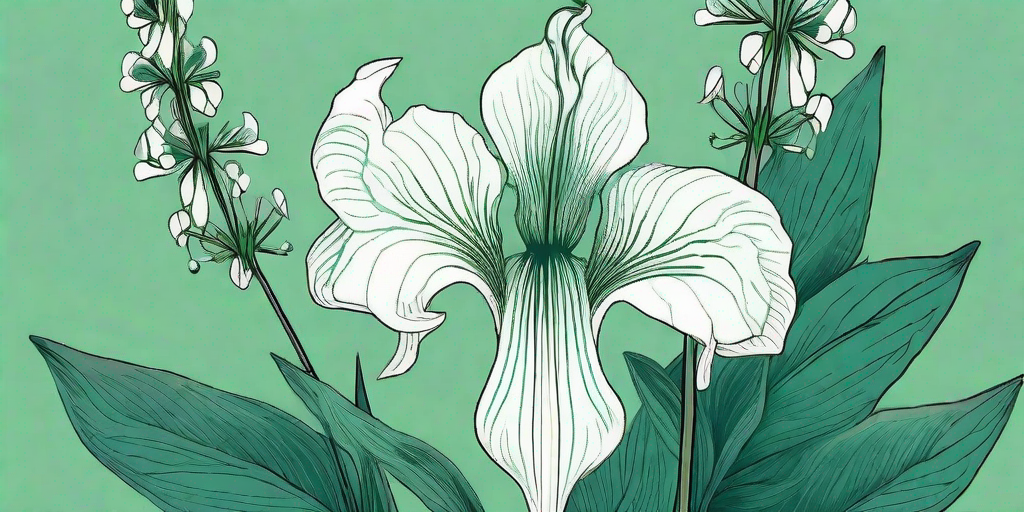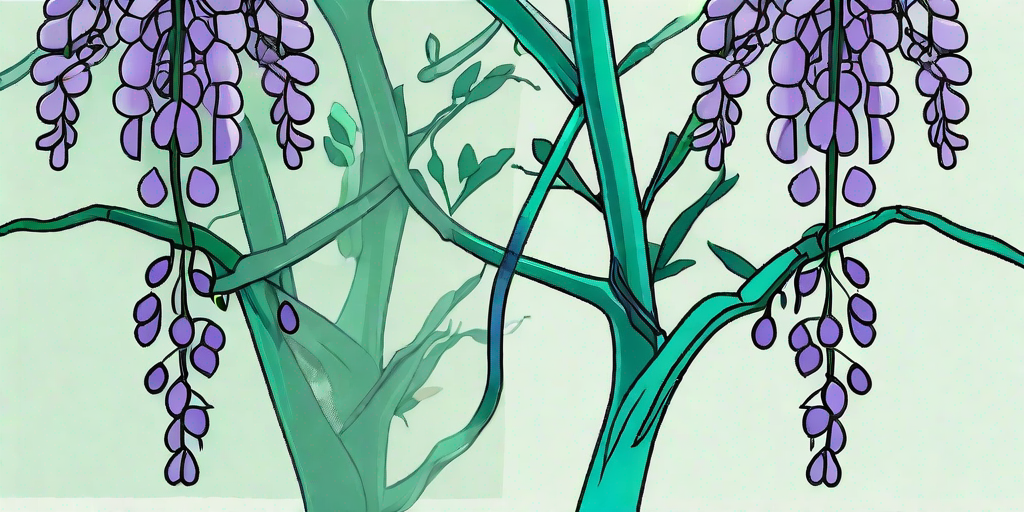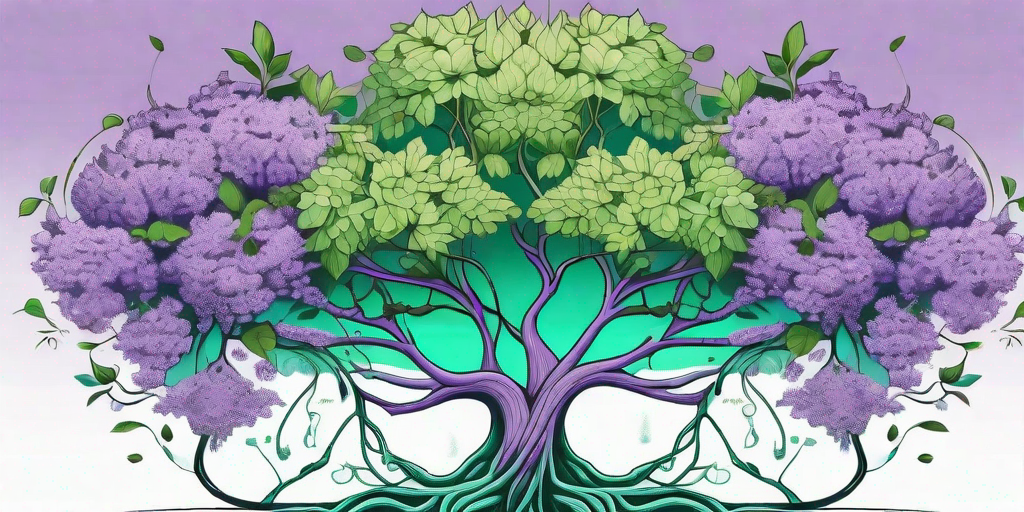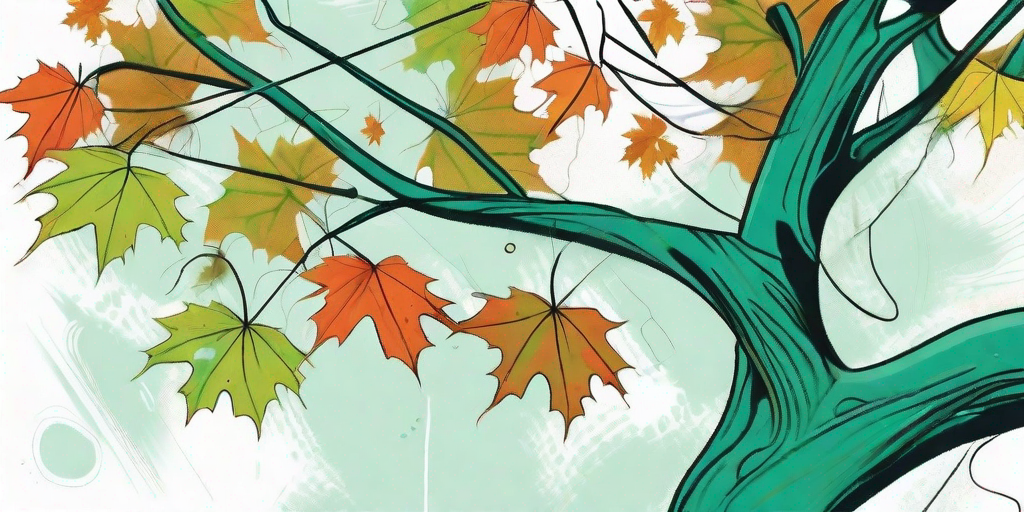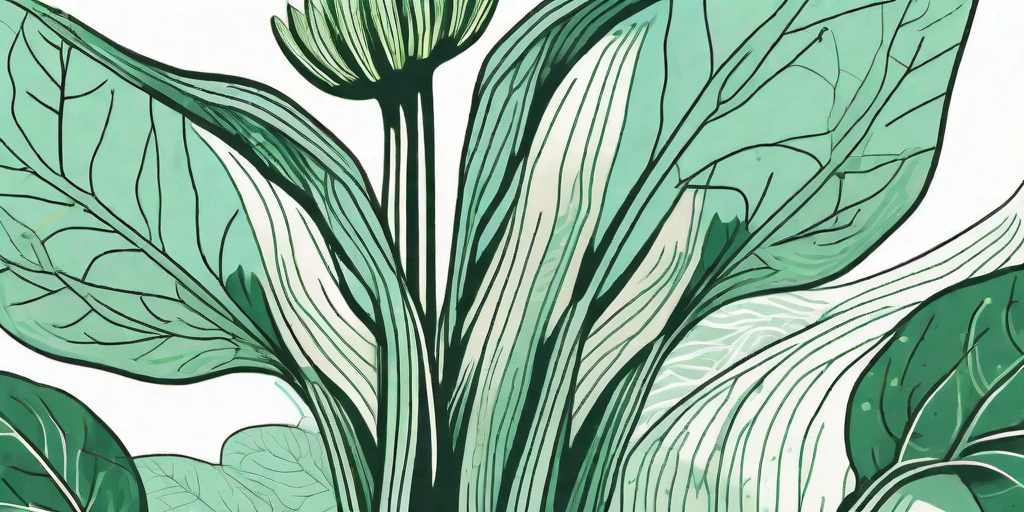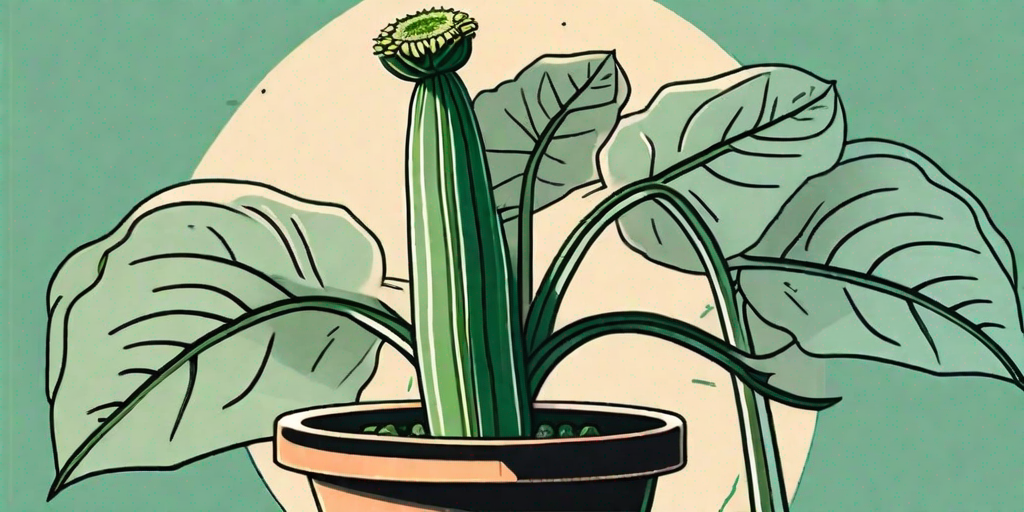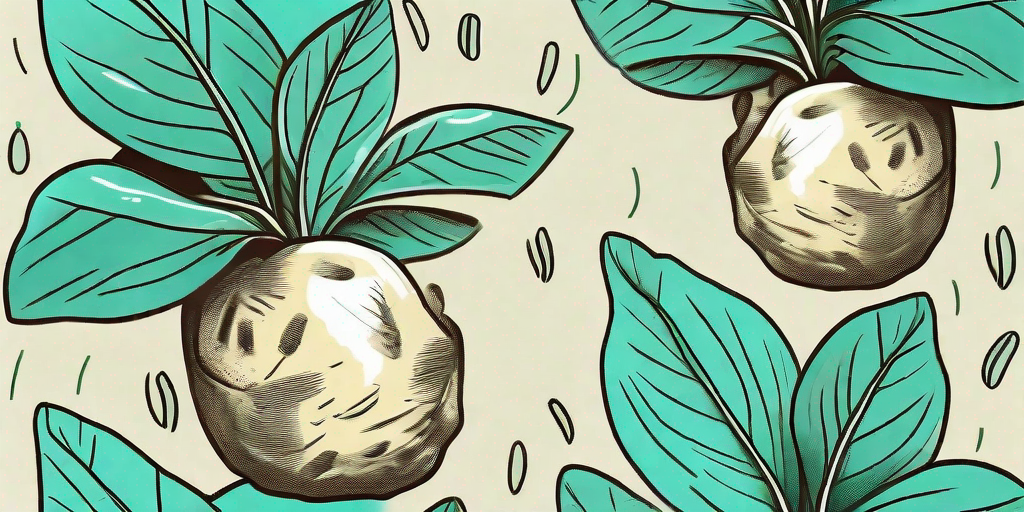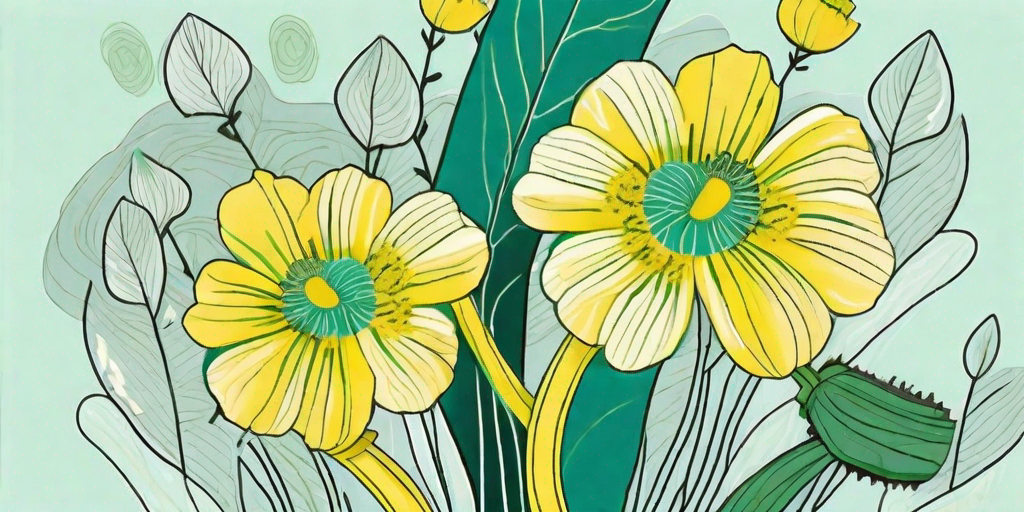
Welcome, dear reader, to the intriguing world of Monk's Hood, a plant that's as deadly as it is beautiful. It's like the femme fatale of the plant kingdom, alluring yet dangerous. But don't be scared away just yet! Stick around and you'll discover the fascinating secrets that this plant holds.
The Intriguing History of Monk's Hood
Monk's Hood, also known as Aconitum, has a history that's as rich as its vibrant purple color. Its name is derived from the Greek word 'akoniton', which means 'without struggle'. This might seem ironic given the plant's poisonous nature, but it actually refers to the swift and painless death it can cause. Talk about a plant with a dark sense of humor!
The plant's other name, Monk's Hood, comes from the shape of its flowers, which resemble the hoods worn by medieval monks. It's like the plant world's version of cosplay. But don't let its innocent appearance fool you. This plant is as deadly as a medieval assassin.
The Dark Side of Monk's Hood
Monk's Hood has been associated with death and the underworld since ancient times. It was used by ancient warriors as a poison to smear on their arrows. It was also used in witchcraft and sorcery. Some even believed that it could turn a person into a werewolf. Now, we're not saying that's true, but we wouldn't recommend trying it out.
Despite its deadly reputation, Monk's Hood also has a softer side. It was used in traditional medicine to treat a variety of ailments. But remember, it's a fine line between medicine and poison. So, don't go brewing any potions without proper guidance!
The Deadly Beauty of Monk's Hood
Monk's Hood is a truly stunning plant. Its vibrant purple flowers are a sight to behold. But like a beautiful siren, it lures you in only to reveal its deadly nature. It's the perfect example of the saying 'beauty is only skin deep'.
But don't let its deadly nature deter you from appreciating its beauty. Just remember to admire it from a safe distance. And whatever you do, don't eat it! We can't stress this enough.
How to Identify Monk's Hood
Monk's Hood is a perennial plant that grows up to 1-2 meters tall. It has dark green leaves and vibrant purple flowers that bloom in the summer. The flowers are shaped like a monk's hood, hence the name. But remember, not all purple flowers are Monk's Hood. So, don't go accusing every purple flower of being a deadly assassin.
Monk's Hood is native to the mountainous regions of the northern hemisphere. So, if you're hiking in the mountains and come across a beautiful purple flower, it might be Monk's Hood. But don't worry, it won't attack you unless provoked. And by provoked, we mean ingested.
FAQs about Monk's Hood
Is Monk's Hood really that dangerous?
Yes, Monk's Hood is highly toxic. Ingesting it can cause a swift and painless death. But don't worry, it's not going to jump out and bite you. Just admire it from a safe distance and you'll be fine.
Can I grow Monk's Hood in my garden?
Yes, you can grow Monk's Hood in your garden. It's a beautiful plant that can add a touch of deadly elegance to your garden. But remember, it's not a plant to be trifled with. Keep it out of reach of children and pets.
Can Monk's Hood be used in medicine?
Yes, Monk's Hood has been used in traditional medicine for centuries. But remember, it's a fine line between medicine and poison. So, don't go brewing any potions without proper guidance!
Conclusion
So, there you have it, the fascinating world of Monk's Hood. It's a plant that's as beautiful as it is deadly. It's a reminder that not all that glitters is gold, and not all that's purple is safe to eat. So, next time you're out in the wild, remember to admire the beauty of Monk's Hood from a safe distance. And whatever you do, don't eat it!
Remember, knowledge is power. And now that you're armed with the knowledge of Monk's Hood, you can safely navigate the world of deadly beauty. So, go forth and explore, but remember to tread carefully. The world of plants is full of surprises, and not all of them are pleasant.



